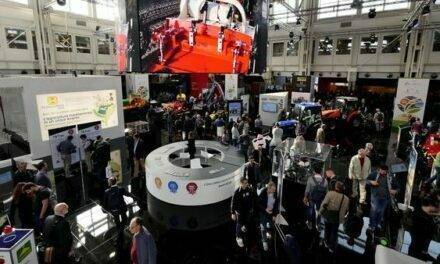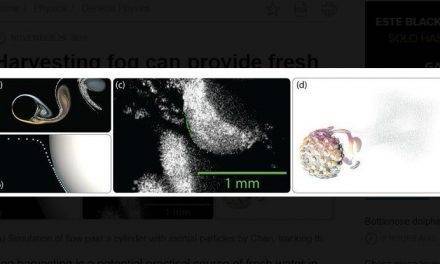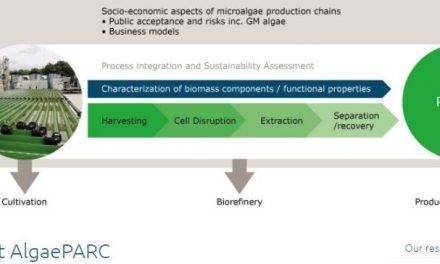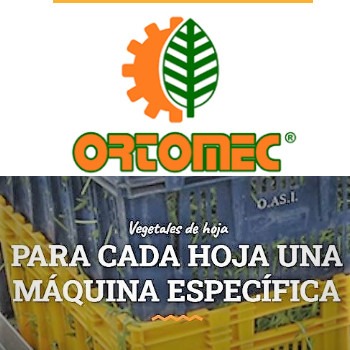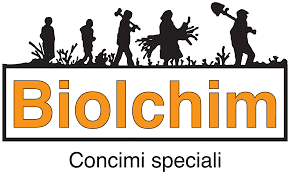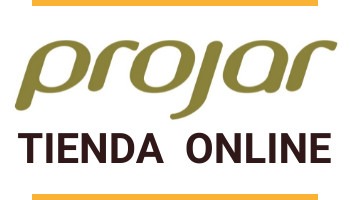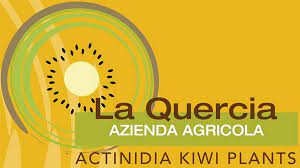
A thinning trial in nectarine varieties had no significant impact on final fruit size
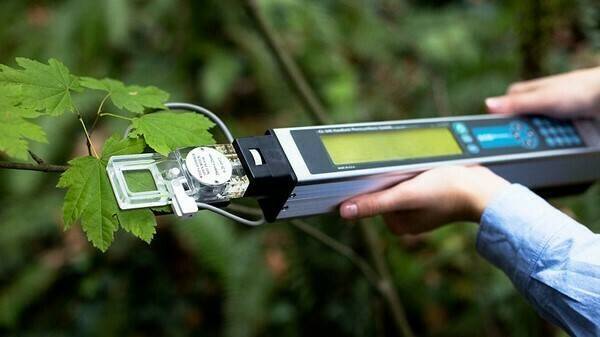
Decreasing the fruit load on a nectarine tree no necessarily leads to an increase in fruit size and / or soluble solid content, is the conclusion of a trial by Andrade et al. included in last CID-Bioscience May 2005 newsletter
Source–sink balance is a major determinant of carbon partitioning within plants. Thinning is an agronomic practice that consists of changing the ratio between leaves and fruits, the source and sink plant organs, respectively. Decreasing the fruit load on a peach tree is supposed to lead to an increase in fruit size and sometimes in soluble solid content in the remaining fruit. However, this response would change in early and late harvest peach varieties when considering the reduction in sink organs and decrease in photosynthetic process.
The aim of this work was to study the effects of source–sink balance on physiological and metabolic parameters of two nectarine varieties with different fruit time development and harvest. Differential thinning was concurrently performed in trees of both varieties. Fruit development kinetics in addition to physiological parameters, such as chlorophyll fluorescence, gas-exchange, and leaf sugar composition, were determined over two harvest seasons.
The decrease in photosynthetic rate in thinned trees was associated with stomata limitation and transitory sugar accumulation in leaves with sorbitol as the most abundant sugar.
On the other hand, most photochemical processes remained constant in leaves of both varieties regardless of the thinning treatment. We suggest that increasing the source–sink ratio via thinning treatment leads to transient soluble sugar accumulation in the leaves and indicates an imbalance in drain capacity resulting in reduced photosynthesis and stomatal closure.
In these nectarine varieties, thinning led to lower net photosynthesis but had no significant impact on final fruit size. Fruit thinning also allowed the development of other sink organs (such as vegetative suckers) and probably occurred as an acclimation process in order to maintain source–sink balance within the tree.
The decrease in fruit numbers/loading didn’t increase nectarine yield either, as the trees diverted their resources to growing more vegetative suckers.
Source
Diego Andrade, Maria Paz Covarrubias, Gianfranco Benedetto, Eduardo Gusmão Pereira, Andrea Miyasaka Almeida (2019). Differential source–sink manipulation affects leaf carbohydrate and photosynthesis of early- and late-harvest nectarine varieties
Theoretical and Experimental Plant Physiolgy 31(2):341-356
The picture show the CI-340 Handheld Photosynthesis System, a portable, single-handed tool that measures photosynthesis, respiration, transpiration, stomatal conductance, PAR and internal CO¬2.










